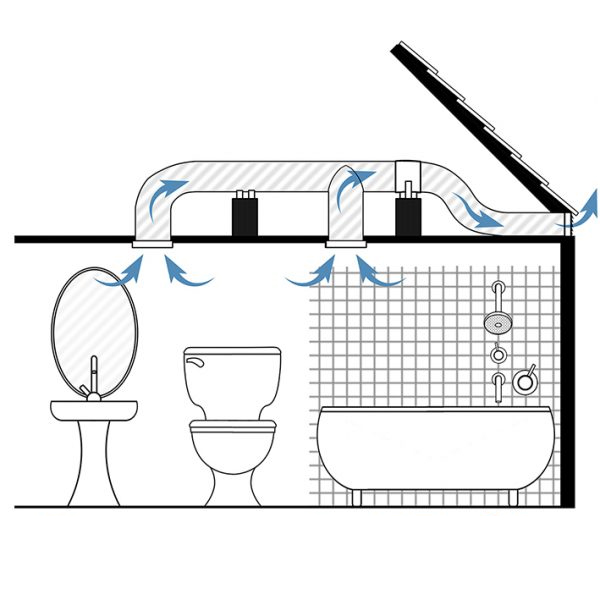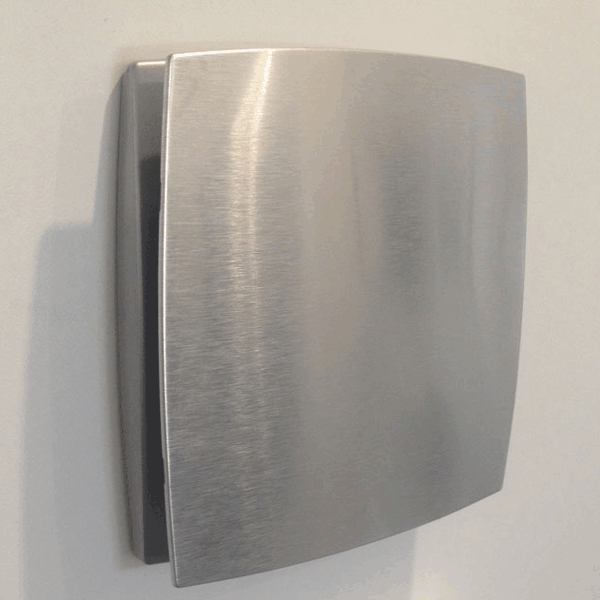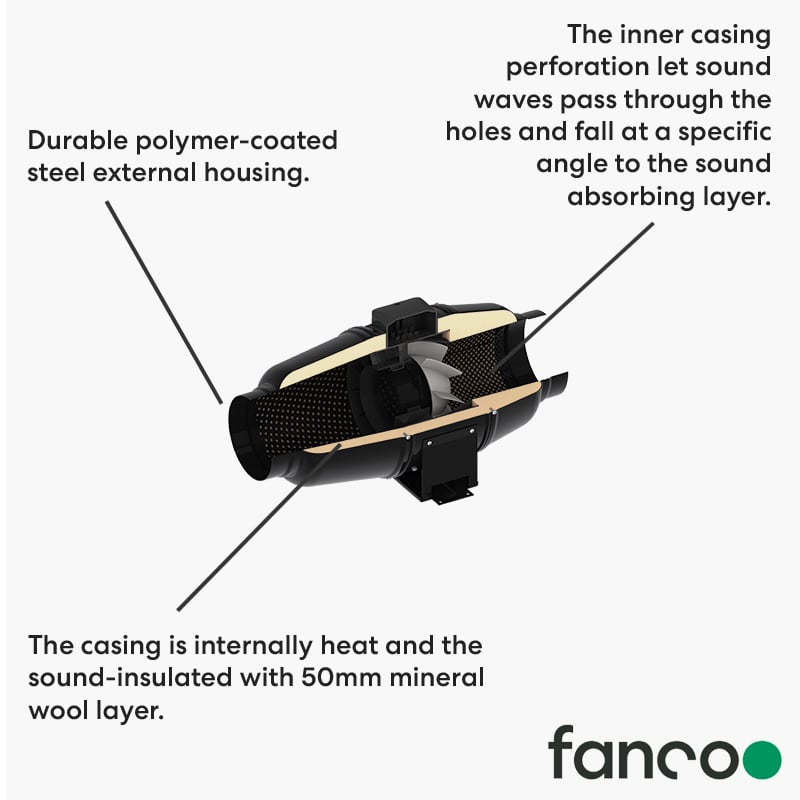Education & Advice
Bathroom Ventilation – A Comprehensive Guide
Proper bathroom ventilation is not just a matter of comfort; it’s crucial for maintaining a healthy and functional space. The bathroom, being a high-moisture environment, is prone to issues such as mould, mildew, and even structural damage if not adequately ventilated. Beyond the unpleasant odours that can linger, excess moisture can lead to deterioration of fixtures, peeling paint, and compromised indoor air quality. In this guide we will provide you with the tools to find the perfect ventilation fan or system for your bathroom.
The Different Types of Bathroom Ventilation
Inline System

With a visible vent in the ceiling – however motor is within roof space.
Wall Mounted

Go through a wall – often the go to method if you have limited roofspace.
Window Mounted

Involves cutting a hole in your glass, or more commonly replacing an old unit
Extraction Rate is Key
Determining the extraction rate for a bathroom fan is crucial for ensuring effective ventilation and proper moisture control in the space. At Pure Ventilation we display the extraction rate of our fans in cubic meters per hour (m3/hr). This indicates the volume of air that can removed from your bathroom each hour.
To determine the appropriate extraction rate for your bathroom fan, you should consider the size of the bathroom, the level of moisture generated, and any specific ventilation requirements. As a general rule of thumb, for a bathroom with a shower we recommend 15 air changes as a base level.
Factors such as ceiling height, the presence of a shower or bathtub, and the frequency of use may necessitate a higher extraction rate. We have put together a simple calculator to help – all you will need to do is measure your bathroom (length x width x height).
This step is critical – An exhaust fan that is too small will not effectively ventilate a big room, whilst something oversized will be too noisy and even uncomfortable if it is literally turning over the volume of air in the space too rapidly.
Use our exhaust fan calculatorDo I need to duct my bathroom fan?
We have a dedicated article on this topic – which you can find below. Essentially, best practice is to direct the moisture laden air you are removing from your bathroom outside, rather than directing it up into the roofspace. Modern building practices with a heavy focus around energy efficiency and sustainability mean that roofspaces are often airtight, in this instance it is imperative that your ventilation fan is ducted to the outside.
We offer a huge range of accessories to go with exhaust fans, including ducting and vents. Our range of vents features options for under an eave, through a wall or through the roof.
Read Article Here
What is the quietest option?
A quiet fan ensures that you can enjoy your time in the bathroom without unnecessary noise, allowing you to fully relax and enjoy your privacy.
Most of our products are tested for noise, with a published dB(A) rating. dB(A) stands for decibels adjusted, a unit used to measure sound levels perceived by the human ear.
Whilst any extraction fan will come with an element of audible noise, there are some solutions that may be a preference for those who value low noise.
For example, Inline fans are great for this, as the motor is situated in the roof cavity and connected to an intake vent via ducting. The TT Silent Mixflow combines great air capacity and quiet operation, offering 555 m3/hr while still maintaining a low noise level of 33 dB(A). For comparison, most fans of similar capacity would produce between 45-50. This audible noise is further minimised once the product is installed with your roof cavity.
What makes this fan so quiet?

Bathroom kits featuring this fan
550 m3/hr
550 m3/hr
The above is our premium offering – if you are looking for our recommendation in terms of a ceiling mounted unit – we often recommend the Fanco Hybrid range. With an output of 482 m3/hr the fan operates at only 36dB(A).






